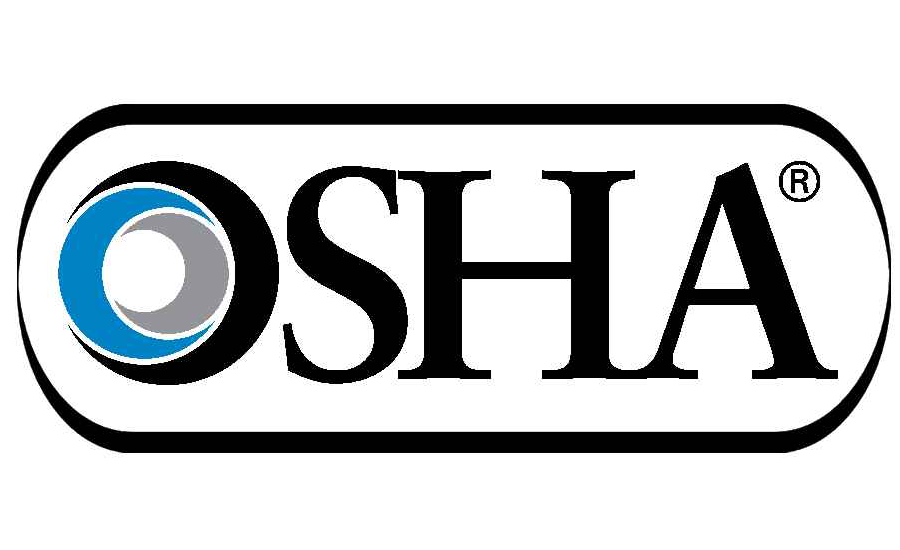Audit finds problems with OSHA’s fatality, injury reporting program

A blistering new report by the U.S. Department of Labor Office of Inspector General (OIG) says that OSHA’s revised fatality and severe injury reporting requirements are failing to produce accurate data, which hinders the agency’s ability to effectively target compliance assistance and enforcement efforts.
An OIG audit found widespread problems with OSHA’s implementation of the regulation, which underwent significant changes in January 2015, requiring employers to report all work-related fatalities and certain injuries, inpatient hospitalizations, amputations, and losses of an eye within specific timeframes. The rule also calls for employers to investigate these types of incidents and abate the hazards identified to prevent future accidents.
In a report entitled, OSHA Needs to Improve the Guidance For Its Fatality And Severe Injury Reporting Program to Better Protect Workers, the OIG said it tested sample reported incidents and assessed the adequacy of OSHA’s procedures for identifying unreported injuries.
The results:
- Although OSHA upgraded its information systems to accommodate the new reporting requirements and informed stakeholders of these new requirements, the agency did not know the total number of work-related fatalities and severe injuries, and had limited assurance employers abated hazards properly. As a result, OSHA lacked information needed to target compliance assistance and enforcement efforts effectively, and could not demonstrate employers have identified and eliminated serious hazards.
- OSHA issued guidance, trained regional staff, and created websites to inform the public and stakeholders about the changes in the program. OSHA’s implementation efforts resulted in employers performing 14,834 investigations and OSHA conducting 10,475 on-site inspections in response to employer-reported incidents. However, OSHA did not have controls to ensure it had complete information on the number of work-related fatalities and severe injuries. Estimates show that employers do not report 50 percent or more of severe injuries. We attributed this to the lack of guidance and training on how to detect and prevent underreporting, and inconsistency in issuing citations for late reporting.
- Lastly, OSHA had limited assurance employers abated hazards properly. The OIG attributed this to unclear guidance and poorly documented case files.
Recommendations
The OIG recommends that OSHA:
1) develop guidance and train staff on identifying underreporting
2) issue citations for all late reporters
3) clarify guidance on documenting essential decisions, collecting evidence to demonstrate employers corrected all identified hazards, and monitoring employer-conducted investigations, and
4) conduct inspections on all Category 1 incidents.
The OIG said OSHA commented on a number of the results and recommendations, but nothing in the agency’s response changed the report.
Looking for a reprint of this article?
From high-res PDFs to custom plaques, order your copy today!








